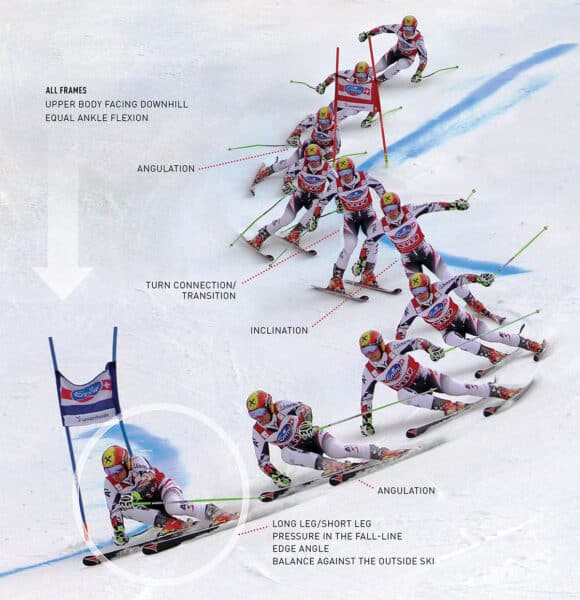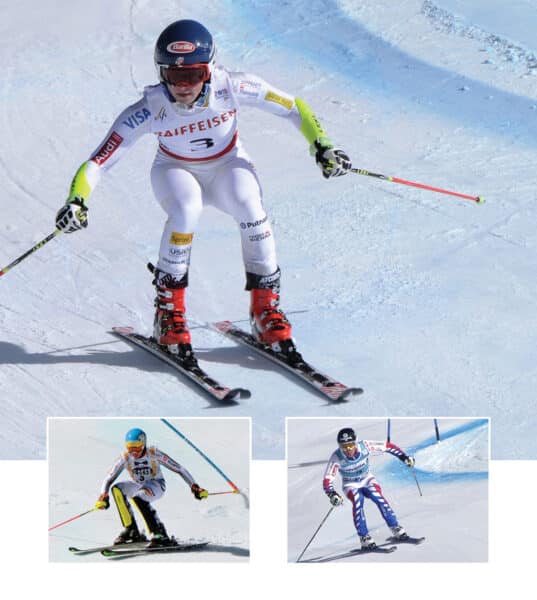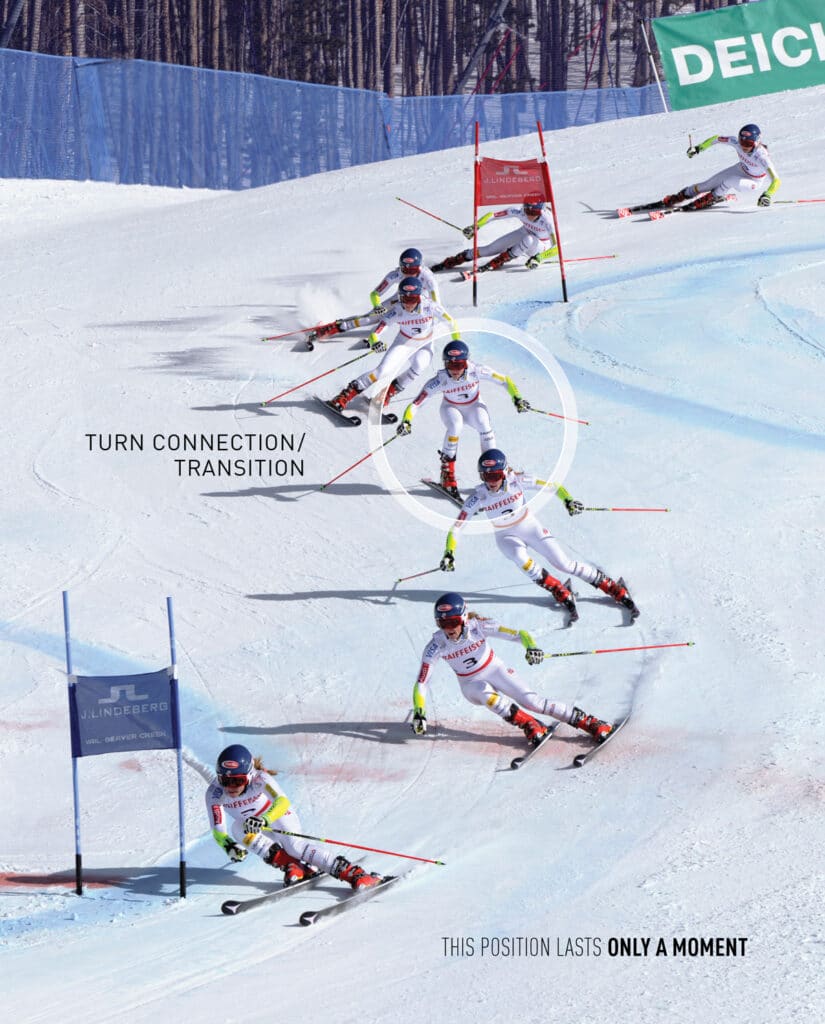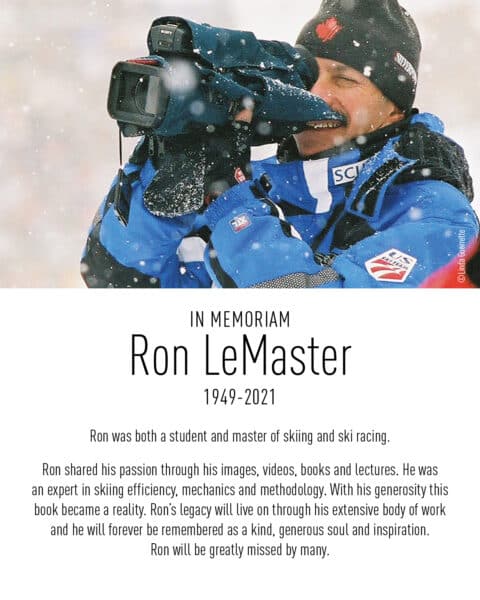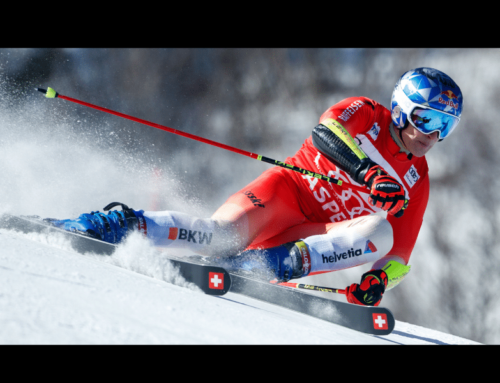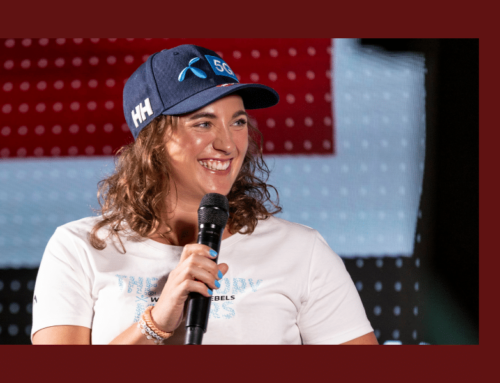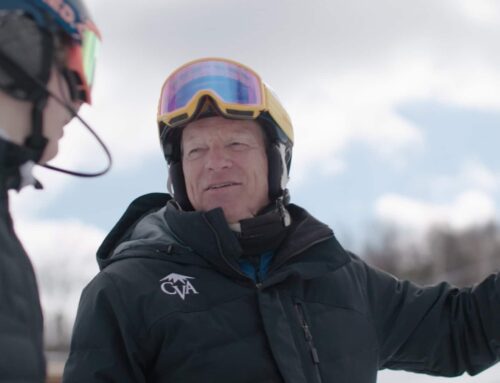Turn Connection/Transition: The Critical Moment Between Turns
Albert Popov: GEPA pictures
The Far West Development Initiative (FWDI), supported by Melissa and Martin Huml, created The Young Skier’s Guide: Fundamentals of Ski Racing to support the development of U14 racers, but fortunately, it benefits all ages. Ron LeMaster’s stunning photos and videos lead the teaching, with Ron Kipp’s text offering valuable support. Ski Racing Media is pleased to publish nine articles highlighting the book’s key concepts. The concept covered in this, the third in the series, is turn connection/transition.
The Role of Photomontages
The amazing Ron LeMaster photos aim to immerse athletes in the images of ski racers, helping them internalize the technique through their neuromuscular system. Athletes then replicate the “technique” their coaches teach, aligned with these concepts.
The Nine Essential Concepts
- Upper Body Facing Downhill
- Equal Ankle Flexion
- Turn Connection/Transition
- Inclination
- Angulation
- Long Leg/Short Leg
- Pressure in the Fall-Line
- Edge Angle
- Balance Against the Outside Ski
Click on the image to enlarge
Turn Connection/Transition
Explanation:
A turn connection/transition is when one turn is finished and the upcoming turn hasn’t started. At this point, the turn isn’t a right or left turn. The skis are flat against the snow and the skier’s center of mass is between both skis.
Why this is crucial:
This linking of turns needs to be efficient. The center of mass is centered laterally between both skis and longitudinally over the ski boots, allowing the skier options for the upcoming turn.
Timing:
Going from one set of edges to a new set should be performed within one ski length. Any longer and the optimal line will be compromised. In GS, this will be about one-tenth of a second. With 18 to 19 meters per second speeds, the skier travels a ski length every tenth of a second. If the transition takes two-tenths of a second, the skier will have traveled two ski lengths, taking them off their line.
When:
Between turns. The coach should look for how and where the ski racers have un-edged their skis and start to reorient or re-edge them.
Exceptions:
The first and last turn of a race course.
What to look for:
The turn connection/transition should happen within one ski length. Watch for lateral and fore/aft movements.
Why:
Due to inefficient turn connections, many ski racers cannot maintain a desired line.
What transitions look like if not efficient:
A long traverse or dead spot between turns.
Result of inefficiency:
When the turn takes longer to initiate, the distance to the upcoming gate decreases and the ski racer has less time to make their turn.
Synonyms:
Switch, Cross-over, Finishiation (slang combining finish and initiation)
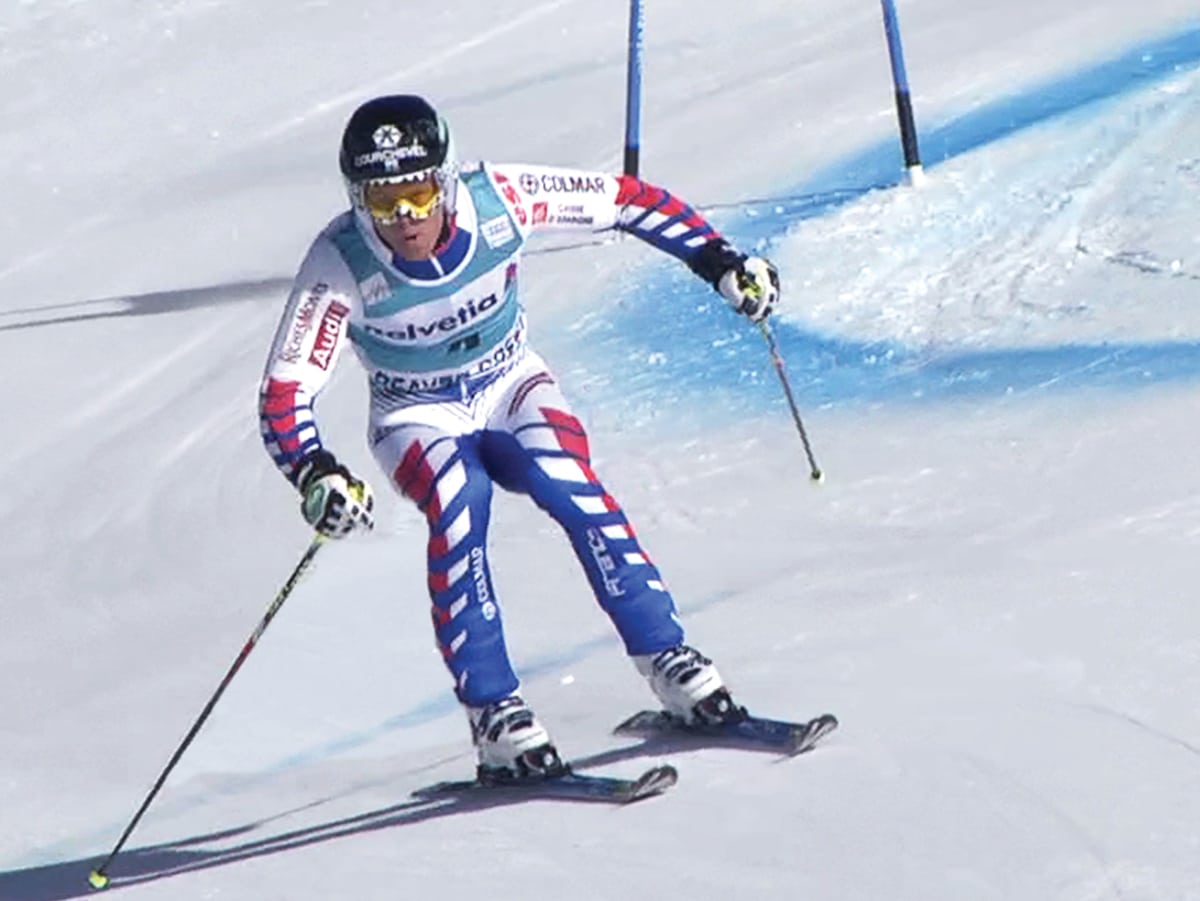
Drills:
1000 steps, long radius to short radius turns, patience turns, patience turns on inside and outside skis, transition box drill, blue line drill.
Coaching emphasis:
While getting edge and edge angles is essential, it is just as important to efficiently un-edge or reduce edge angles.
Talking points or cues:
“Make the end of one turn the start of the new turn,” “Begin moving toward the new turn immediately after direction change,” “Move downhill,” “Pull your feet back.”
